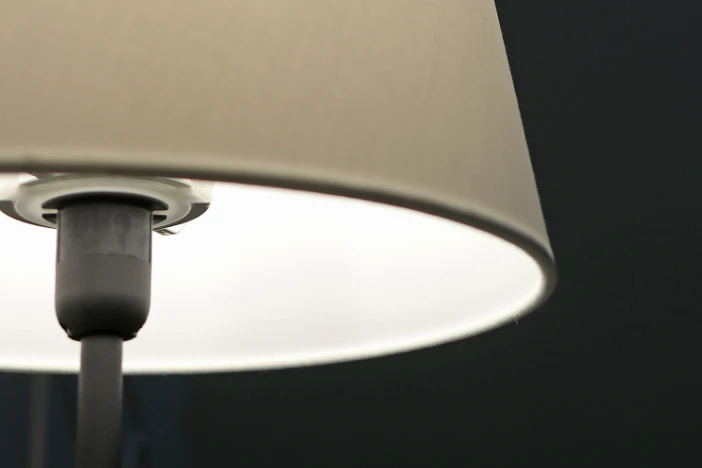
How do you pick the right lamp shade?
Alright, you figured out what lamp to get, but you still have other decisions. For example, what lampshade should you get? Shades have functional responsibilities, but they also add character and can reinforce the decor style and create a cohesive look. Lamps often come with coordinating shades, but you may have an option to swap them out. Other times, shades are sold separately. The most important characteristics to consider when evaluating lamp shades include shape, size, material, color/pattern and safety.
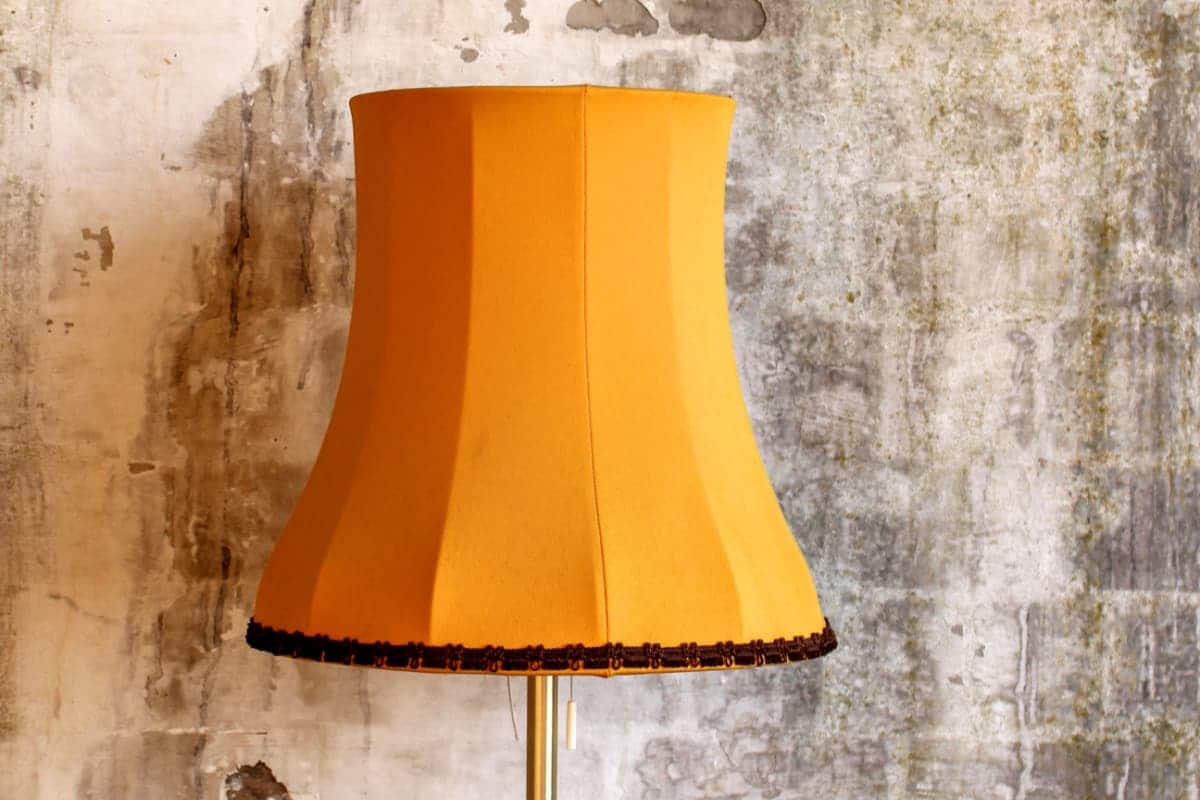
What is the right shape for a lamp shade?
There are no hard and fast rules for the shape of lamp shades since aesthetics are subjective. However, in general, it’s a good idea for the lamp base and shade to have a similar contour. If the lamp base is curved, a rounded shade is likely to look better than one with sharp angles. The same goes for straight-edged bases and squared shades. Mixing and matching shapes might appease your eclectic spirit, but it can lead to cognitive dissonance – something just feels off.
The angle of the sides of the shade is another thing to think about. Virtually all shades have tapered or vertical sides, which may be straight or slightly concave. Shade corners may be sharp, rounded or cut at 45° angles. Finally, the bottom edge of the shade may be straight or scalloped (rounded sections). Much of the decision is really just personal preference.
Most popular shapes for lamp shades
Drum shade
This simple cylinder shade has round openings with vertical sides. It disperses light equally up and down and complements transitional and contemporary style lamps.
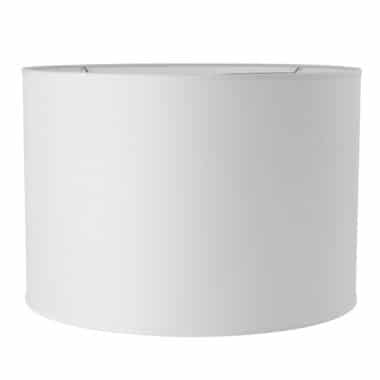
Oval shade
This elliptical shade is essentially an elongated version of the standard drum shade. Its rounded ends give it a softer feel than sharper geometric shades.
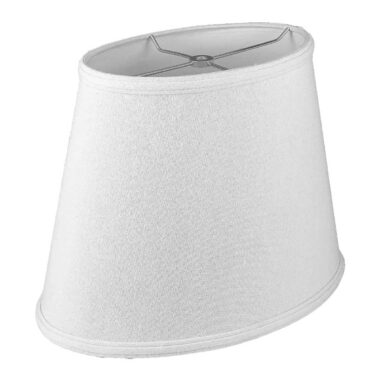
Geometric shade
These square, rectangular, hexagon or octagon-shaped shades usually have vertical sides but may be tapered. They go well with lamps that have a modern design.
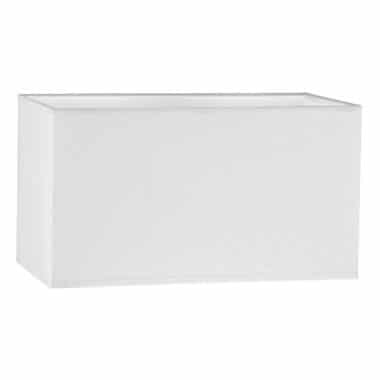
Empire shade
This classic cone or “frustum” shaped shade has a slightly smaller top diameter. It distributes more light downward than up. You’ll see this shade on many traditional-styled lamps.
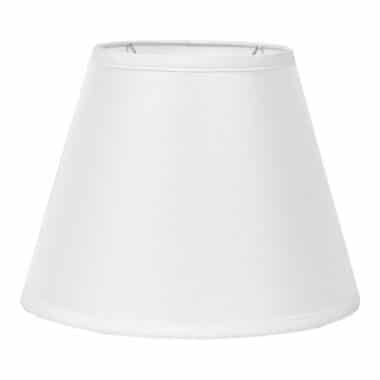
Coolie shade
This extreme cone-shaped shade has a significantly larger bottom diameter. It brightly lights below, while emitting a softer light above. They create a striking profile on contemporary lamps.
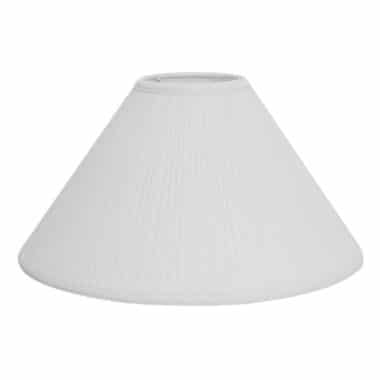
Bell shade
This graceful cone-like shade has concave sides and usually emits ambient light through soft shade material. Usually, this sort of shade is used for lamps with a vintage traditional look.
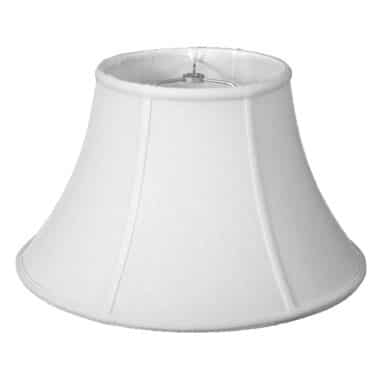
What is the right size for a lamp shade?
Are you replacing an old shade and want something different? Or, are you buying a new lamp that doesn’t come with one? Either way, it can be difficult to figure out the proper size to get. There are aesthetic and functional factors to consider. It’s also important to take a couple of key measurements of the lamp base: the height from the bottom to just below the socket fixture and the diameter or width at the bottom.
- Diameter/width – Table lamp shades are roughly as wide as the base is tall. They should be half an inch wider than the base on each side. Floor lamp shades are at least 18″ in diameter or larger.
- Height – Table lamp shades should be approximately ¾ the height of the base.
- Position – All shades should cover the top of the lamp fitter, socket and bulb. This ensures you cannot see any of the hardware from the side.
- Proportion – Table lamp shades should not be wider than the table. Floor lamp shades should be sized commensurate with the free space in the room (use common sense).
What is the best material for lamp shades?
The primary function of a lamp is a key determinant of the ideal shade material. For instance, if the main purpose of a floor lamp is to provide bright ambient light, then a translucent fabric shade is appropriate. On the other hand, a table lamp meant for reading would be better off with a darker shade made from denser material. The backing also plays an important part in how the lamp shade performs.
Lampshade interior lining types
- Hard-backed shade – This shade may have a metal framework and is lined with plastic or another firm material. It reflects light away from the interior surface (usually gold or white) and out the top and bottom. This makes the light seem brighter.
- Soft-backed shade – Shades of this kind usually have a metal framework with vertical supports between the top and bottom. They may have a flexible lining (paper or linen) that allows light to pass through the walls.
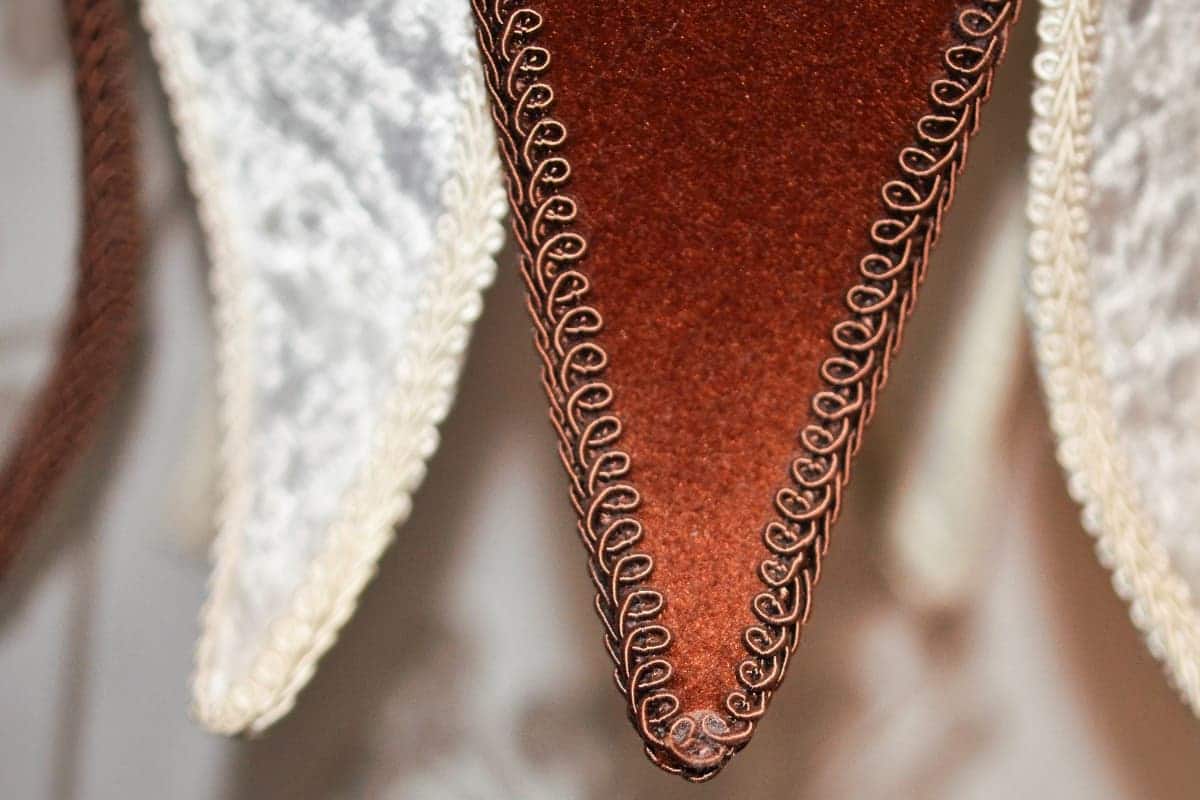
Lampshade exterior surface materials
Lamp shades can be made from several materials with distinct characteristics, benefits and drawbacks.
- Silk – Elegant smooth fabric whose fibers act as tiny prisms to scatter light with a unique luster, filters light effectively and absorbs dyes easily [S Nivedita & PK Mishra 2016]
- Linen – Long-lasting laid-back textile that has a beautiful natural color and provides a subtle textured look
- Cotton – Inexpensive fabric option that can absorb bold colors and be rolled smooth or gathered in a pleated design
- Parchment – Lightweight paper with a clean contemporary look that holds bold colors and vivid printed designs
- Glass – Opaque white glass works well for kitchens and bathrooms, where you need bright light, while art glass and Tiffany lamps have vintage appeal in any room
- Plastic – Similar to glass, but you have unlimited modern color choices and varied opacity, although it is more susceptible to scratches
- Metal – Great directional lighting material with an urban industrial look, but it can get a bit heavy and hot to the touch
How do you choose a lamp shade color or pattern?
Are we to the fun part yet? Yes and no. Like most things, there are tradeoffs based on various shade choices. The darker the shade (and thicker), the less light will filter through. So, a matte black drum shade might look ultra-chic on your minimalist modern table lamp, but it will provide less ambient light than a white one of the same material. You have to consider the implications and decide based on your priorities.
The good news is that many stylish options exist within each color palette. If your lamp base is multi-colored, you might want to consider a solid-colored shade that closely matches one of the accent colors. Otherwise, neutral hues are your safest bet. Bright solids and vibrant patterns make a lively contrast to lamp bases with more subdued tones. Think of them like you would a tie with a suit – a little fun is not just accepted, it’s appreciated.
Lamp shades are great for picking up colors used elsewhere in the room. They can also provide a complementary accent to break up a monochromatic room. To create a calm environment, add neutral colors to create a soothing light and coordinate with virtually any color scheme. Don’t forget about textures – visual appeal can come from understated tactile patterns.
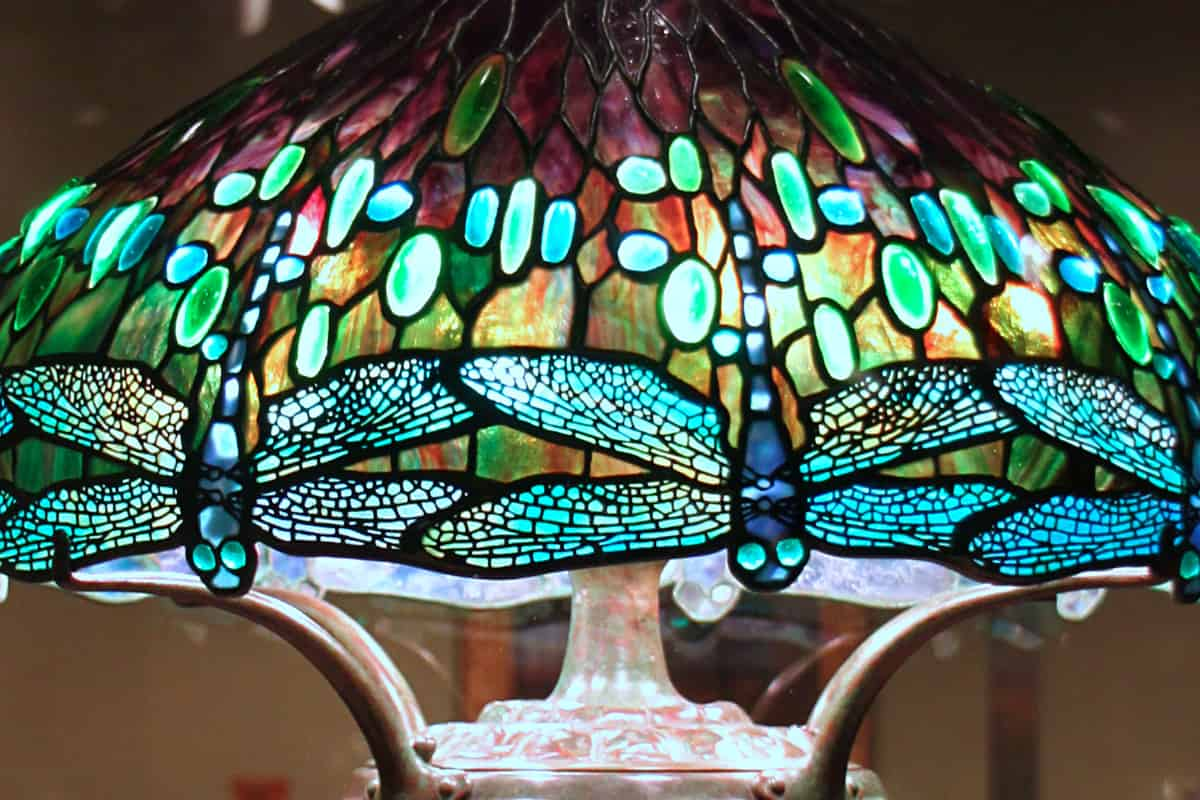
What are potential safety concerns with lamp shades?
An oft-overlooked aspect of choosing a lamp shade is safety. Confused? To put it simply – the greater the amount of heat generated by a light bulb, the more ventilation is required. The wider or larger the shade, the greater the amount of ventilation. With incandescent bulbs, the higher the wattage of the bulb used, the greater the heat generated. In general, 2-3 a 2-3 inch separation between the center of the bulb and the inside edge of the lamp shade wall (i.e. “critical radius”) is sufficient. However, you may want to review the table (shown below) from Underwriters Laboratories (UL) for more detailed insight. Cooler burning bulbs like LEDs and compact fluorescents (CFLs) don’t emit as much heat. But, they are often larger than hotter burning incandescent bulbs and may require a wide shade.
| Underwriters Laboratories Heat Ventilation Recommendations | |
|---|---|
| Wattage | Critical Radius |
| 0-25 Watts | 1 ⅝” |
| 26-40 Watts | 2″ |
| 41-60 Watts | 2 ½” |
| 61-75 Watts | 2 ⅞” |
| 76-100 Watts | 3 ½” |
| 101-150 Watts | 4 ¾” |
What’s a shade without lightbulbs?
With apologies to Timbuk 3’s, “The future’s so bright, I gotta wear shades” there’s no need for a lampshade without a light bulb. The final section of our guide highlights some important bulb “must knows,” miscellaneous lamp features and a few curious styles to check out.
Frequently Asked Questions – Lamps – Shades
How do you measure lamp shades?
Most new lamp shades list three to four measurements. If you want a direct replacement for your old shade, it’s important that you know what to measure. You’ll need a measuring tape (or yardstick), along with a pen or pencil to accurately document the specifications:
- Top diameter – If it’s a round shade, hold the tape on one edge of the circular top and pull it across the open shade to the direct opposite side. For square shades, simply measure from one flat edge to the opposite one.
- Bottom diameter – Not a shocker here. Just repeat the same steps, but do it on the bottom of the shade.
- Slant or slope – Hold the tape at the bottom edge and measure along the side to the top edge. Make sure that you are holding it straight and not tilted to the left or right. This is an important measurement for tapered lamp shades.
- Height – Set the shade on a flat surface and lower the tape through the opening from the top. Place one end on the tabletop and measure the distance to the top edge. Make sure that the tape is perfectly vertical. For drum or cube-shaped shades, the height can be taken by simply measuring the side.
Here are a few “rules of thumb” if you want something different than your current shade:
- Shades should be roughly 2/3 the height of the visible portion of the lamp base.
- Lamp shades should have a width that is roughly equal to the height of the visible lamp base.
- Shades should be wider than the widest part of the base, but narrower than the table on which it sits.
How do you clean lamp shades?
Over time, your lamp may start to cast a yellowish glow. Sometimes, it’s due to discoloration of the shade from heat emitted the bulb. If that’s the case, there’s not much to do except buy a new shade. If it’s the result of stains or dirt build-up, there are ways to safely clean your shade. Cleaning fabric lamp shades:
- Wipe your shade with a soft microfiber cloth or use a feather duster to remove loose dirt.
- Fill a large basin or bathtub with mildly warm water. Add a teaspoon of liquid laundry detergent and swish it around until the water is filled with suds.
- Dip a sponge, soft-bristled brush or toothbrush into the soapy water and lightly scrub any clearly visible spots or stains. Be gentle and scrub in a circular motion.
- Grasp the shade by the metal fitting and submerge the fabric shade in the water. Move it around until all areas are damp. Soak the shade for 10-15 minutes, depending on how dirty it is.
- Remove the shade from the water and wipe with a clean cloth. Shake any excess soap from the shade.
- Empty the basin or tub and refill it with warm water. Dip the lampshade up and down in the water to remove any remaining soap. You can also rinse it under straight tap water at low pressure.
- Use a soft hand towel to blot the shade and remove excess water. Place the shade in front of a fan outdoors to speed up drying.
Cleaning shades made from other materials:
- Use a feather duster or clean cloth to remove loose dirt that may have accumulated on your shade.
- Pour 1/4 cup of liquid laundry detergent (for delicates) into a small container or bowl.
- Add a couple of tablespoons of warm water and beat it with a hand whisk or electric mixer. Continue until the suds have the consistency of whipped cream.
- Dip a clean rag or sponge into the soapy mixture and gently wipe the shade. Be sure to address both the inside and outside of the shade. Try to avoid getting too much soap on any glued seams.
- Rinse out the sponge or rag and wipe down the lampshade, until all of the soapy build-up is gone.
- Dab and blot the shade carefully with a clean towel to dry. Set it in front of a fan to dry any remaining moisture.
What is a spider lamp shade?
If your lamp has a harp (the wire that attaches to the lamp and goes over and around the light bulb), you will need a spider lamp shade. The term “spider” refers to how the shade attaches to the lamp, which is known as the fitting. Spider lamp shades have the most common type of fitting for both floor and table lamps.
Spider lamp shades are easily identified. Look at the metal fitting inside the shade. If you see at least three spider-like arms radiating from a central ring toward the top, it’s a spider shade. The ring fits over the top of the harp and is secured with a screw-on cap. These caps are called finials and they are often decorative and may match the lamp base.
If the ring is lower (toward the middle of the shade), it’s probably an UNO fitter. UNO fitters secure to the socket at the base of the bulb, rather than over the harp. If you see a couple wire loops at the center of the fitting, you’re likely looking at clip-on fitter. These fitters are handy if you lose a harp or don’t have an UNO shade. They simply slip over the light bulb, so you should avoid clip-on fittings for heavy shades.
References
- Nivedita, S., & Mishra, P. K. (2016). Novel Applications of Silk Nonwovens in Living Enclosures. In International Conference on Inter Disciplinary Research in Engineering and Technology (Vol. 1, p. 04).



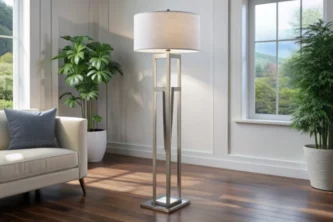
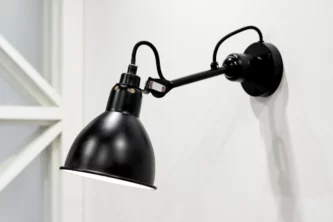
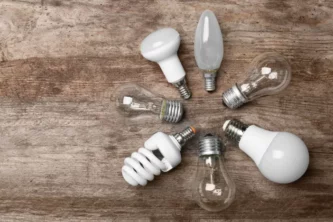




Leave a Reply